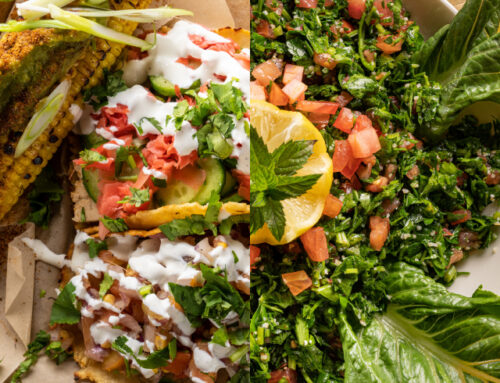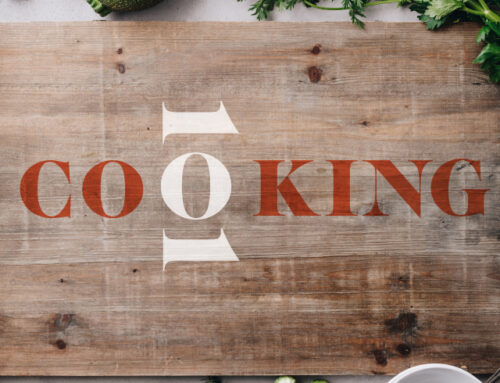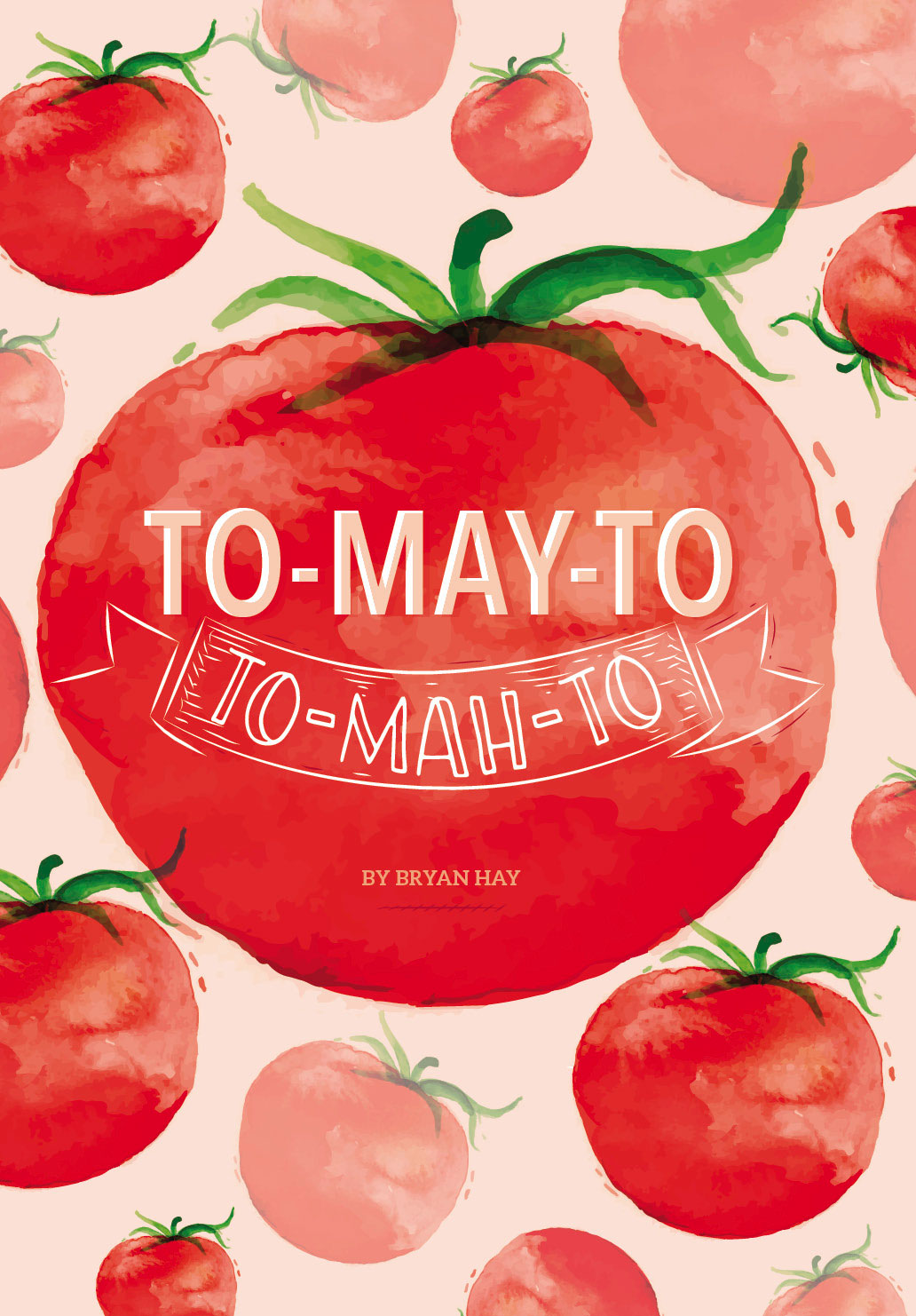
There’s nothing quite like biting into a ripe, sun-warmed summer tomato, releasing a juicy spray of seeds, pulp, and flavor.
It almost seems inconceivable that tomatoes, brought to Europe in the 1400s from South America, didn’t catch on as a culinary delight in the United States until later in the 19th century. For the longest time, gardeners used them only as ornamental plants because they thought that the fruit was poisonous.
Tomatoes are a summer staple at farm stands throughout the Lehigh Valley region, many grown by experts who grow wide varieties of heirloom and hybrid plants, each with their own distinct flavor profile, and have the patience and observation skills it takes to grow a healthy crop.
For tomato lovers, the first harvest of July cannot come fast enough.
Steve Ganser of Eagle Point Farm Market and Greenhouses in Trexlertown offers important suggestions for growing and purchasing tomatoes.
Home gardeners and commercial growers often grapple with late blight, a devastating fungus that infects leaves, stems, and fruits of the tomato plant. Signs of late blight include brown, curling leaves, as if the plant was hit by frost, and powdery white fungus.
“For the home gardener, late blight will destroy their plants,” Ganser says. “For a commercial grower, it can destroy an entire crop and spread like wildfire across a region, as it did quite a few years back along the entire East Coast.”
To combat late blight, he recommends giving plants a lot of room—“do not overcrowd. Tomato plants need good air circulations,” Ganser says. “Don’t water at night leaving the leaves wet overnight. Rotate where you grow, if possible, yearly.”
Gardeners also battle early blight, which is seen more often than late blight. “You can research different fungicides, organic and nonorganic, to combat early blight and other diseases,” he notes.
Most growers agree that hot, dry summers provide the best condition for growing flavorful tomatoes. A wet year always brings challenges.
“In our area in the past two years, and perhaps this year, we have had an unprecedented amount of rain,” he adds. “This causes plenty of disease problems, especially fungus. The Pennsylvania Vegetable Marketing and Research Program has been funding research on development of late-blight-resistant varieties, one being the grape tomato Valentine.
Blossom end rot is another problem he hears about from customers.
“When the tomato is maturing and the bottom of the fruit is brown and rotting, this is a calcium deficiency in the plant,” Ganser says. “This is usually a symptom of poor water management: too much water or not enough water. You will really see this in containers. The best solution if you experience this problem is to buy a calcium supplement and add the designated amount to each hole where you plant your tomatoes.”
Ganser suggests that gardeners have a soil test done to determine the best conditions for growing tomatoes.
“Customers always want to add to their soil but really have no idea what their soil actually needs,” he says. “You can get soil testing bags at Penn State Extension.”
Eagle Point customers who prefer not to tend tomato plants can visit the market and choose from a wide variety of hybrids and heirloom slicing, paste, and cherry tomatoes. The staff at Eagle Point tries to have tomatoes before July 4 and until Thanksgiving.
“There’s a misconception that a hybrid tomato is a genetically modified organism,” Ganser notes. “It is a disservice to plant breeding, and consumers miss out on really great varieties.”


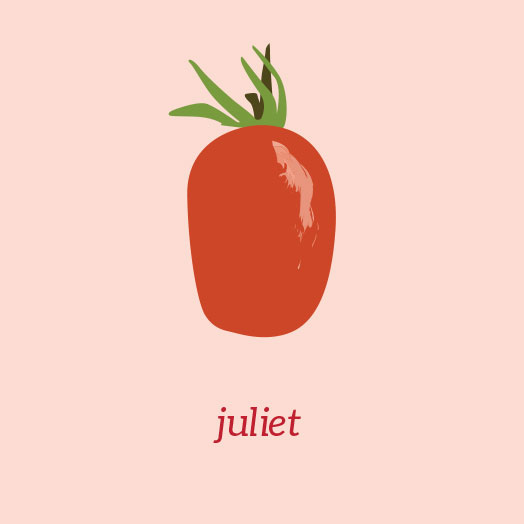
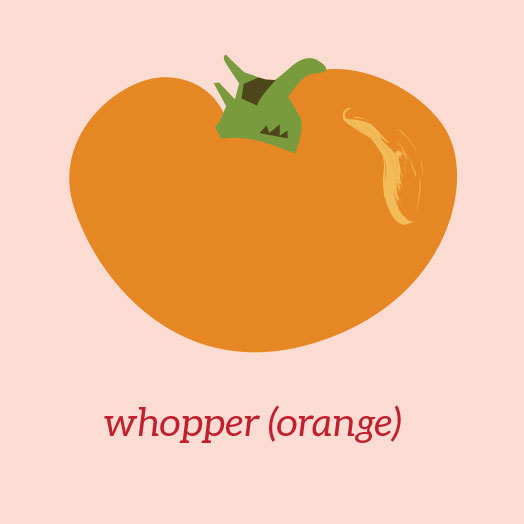


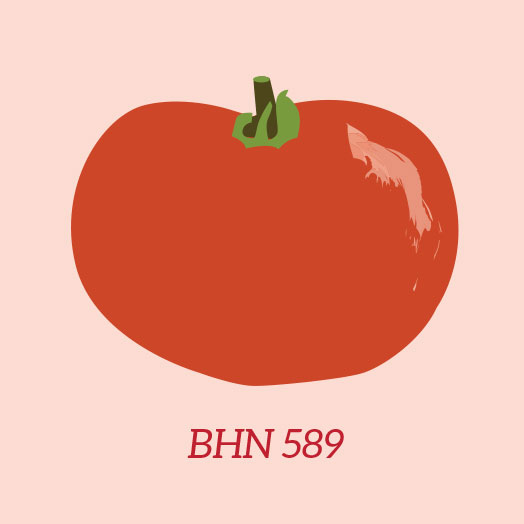

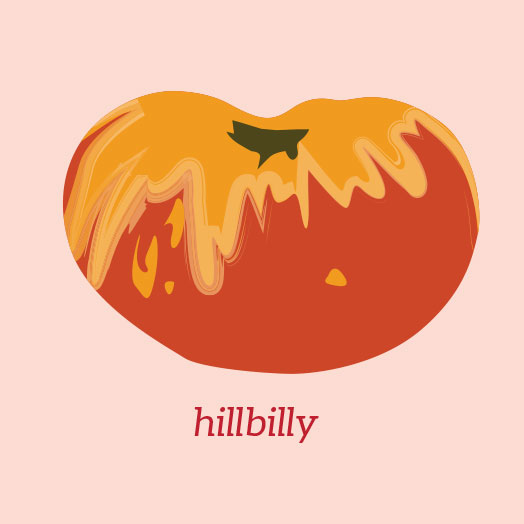
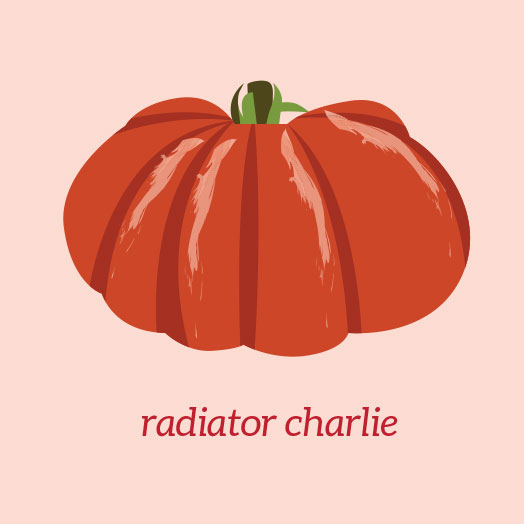
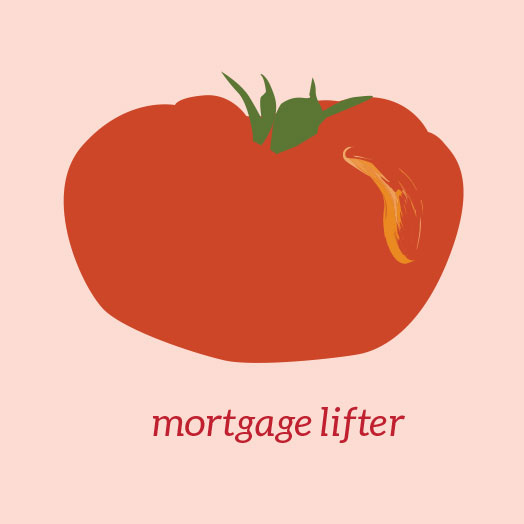
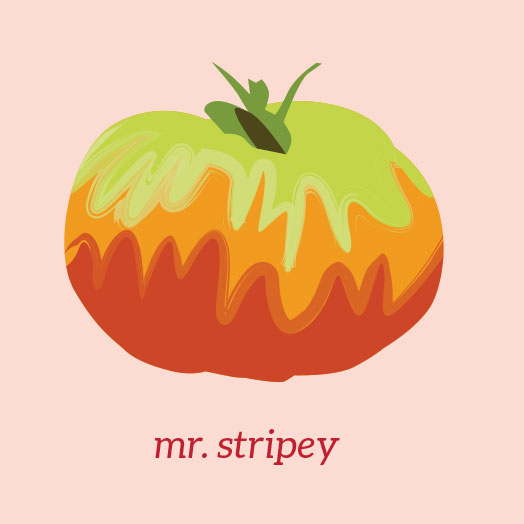
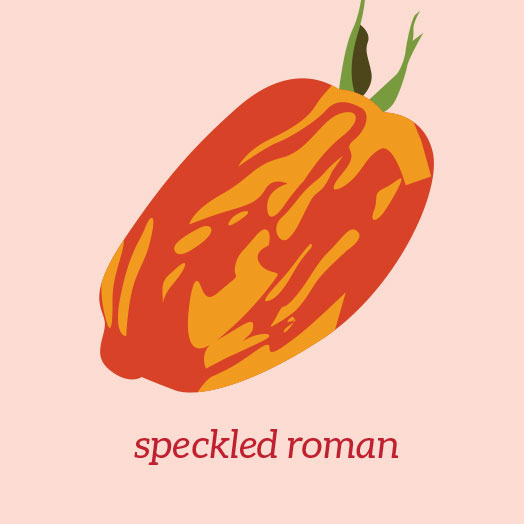
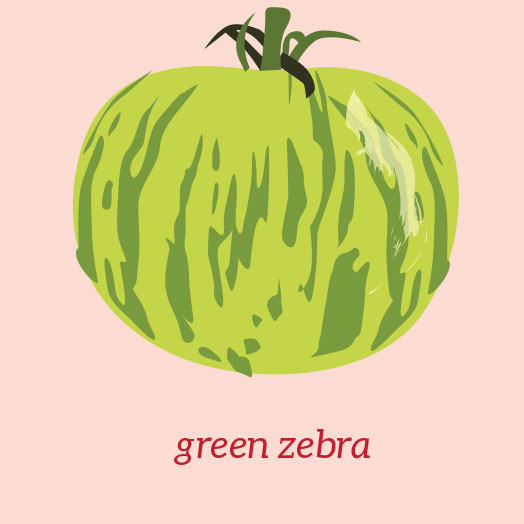
Hybrids are results of plant breeding. Regular plant breeding results in more disease-resistant varieties. Heirlooms are open-pollinated, more vulnerable to disease, and as a rule of thumb, have to have been bred for more than 50 years to fall into that category.
For those seeking heirloom varieties, Meadow View Farm in Bowers, just south of Kutztown, is tomato bliss.
Jim Weaver, the patriarch of the family-owned and -operated 70-acre farm, which has been growing and selling heirloom tomatoes and peppers since the 1990s, grows 150 varieties of heirlooms and 20 varieties of hybrids and sells both plants and the fruit. An heirloom partisan, Weaver believes an heirloom tomato is what a tomato was meant to be because it’s bred for flavor and not for size and appearance.
Weaver doesn’t completely dismiss hybrids, but they have to pack some flavor to win his endorsement.
Of the hybrids, the Celebrity remains one of the better reds for slicing, he says.
Word has gotten out about BHN 589, another hybrid with good flavor. “It’s a little larger than the Celebrity, redder and with a longer, 84-day season,” Weaver says. “The latest varieties of hybrids are being bred to have more flavor.”
But heirlooms are his passion. He even maintains a separate field for growing seeds that are brought to him or requested by customers hoping to reconnect with the flavors they experienced in their grandmother’s kitchen.
It’s hard to resist the oddly shaped heirlooms and their whimsical names like Boxcar Willie, Big Zebra, Mr. Stripey, Hillbilly, Mortgage Lifter, or Radiator Charlie.
“My wife and I both believe that the bi-color tomatoes are very good,” Weaver says. “The red is high in acid and the yellow is low in acid in the same tomato, and it seems to give the fruit a complex flavor.”
Weaver’s personal favorites are the Green Zebra, an intermediate-sized tomato; and the Speckled Roman, red with yellow stripes, long and soft. “It’s a good slicer, a good salsa tomato, and a good sauce tomato,” he says.
Stuart Klingel of Klingel’s Farm and Produce Stand in Saylorsburg plants mostly hybrids because they are easier to grow and meet customer expectations for attractive looking tomatoes. He does plant a few Brandywines, a classic heirloom variety.
“Both heirlooms and hybrids can be very tasty, but heirlooms tend to have more physiological problems such as multicoloring, cracking of fruit, and uneven ripening. And they are more prone to disease,” Klingel says. “Hybrid tomatoes are more uniform in size, color, and firmness. If you are looking for the perfect tomato, appearance wise, heirlooms are not it.
“It is a challenge because heirlooms sometimes are not pretty and most consumers have been conditioned to pick the perfect looking produce,” he observes. “The last several years we have been picking until mid-October. Time of year and the weather have the biggest effect on price. Tomatoes need water, but the plant itself does not like to be wet, just the roots. Wet plants breed fungus and disease.”
Klingel’s favorite tomato is the Whopper from Park Seed Co. “It’s big and tasty,” he says.
If you plan to grow your own tomatoes, Weaver and Ganser agree that Mother’s Day is usually a good time to plant, when the threat of frost has passed. “At that point, I would still recommend to people that it’s to their advantage to make sure they get a weather forecast for another 10 days,” Weaver says. “It’s rare, but I’ve seen frost in late May.”
Weaver and Ganser also recommend that plants should be grown in well-drained soil with lots of organic matter.
Weaver suggests adding lime.
“Always buy your plants from a reputable grower who knows the varieties,” Ganser says. “Certain stores that sell plants just sell what they have been shipped, with little or no knowledge of the variety, growing conditions, or basically anything. If you start from seed, Johnny’s Selected Seeds sells some late-blight-resistant varieties, Defiant and Valentine, plus a good selection of heirlooms and other types.”
Whether you grow your own or pick them up from the farm, taste memory lasts a long time for tomato connoisseurs.
“When I was a kid growing up on a dairy farm, we had a big garden,” Klingel remembers. “When it was canning time, it was all hands on deck. But when you found that first ripe firm tomato and sprinkled a little salt and pepper on it, you’d eat it like an apple. It was like eating candy.”
MORE TOMATO!
Check out the recipe for Spicy Tomato Jam from Taps Tavern. Go »
Hybrids & Heirlooms
Jim Weaver of Meadow View Farm in Bowers first learned about heirloom tomatoes by reading seed catalogs and picked up on the growing demand among chefs and consumers searching for flavor intensity and variety. He doesn’t completely discount hybrids, but for him to invest his time and labor growing them, they must come with flavor.
Here he explains the difference between hybrids and heirlooms.
The hybrid tomatoes are a modern tomato that were developed by crossing various tomato varieties to try to improve them. The improvements made them more disease-resistant, and they made them to yield more, and they increased the shelf life of the tomato.
But the downside is that they weren’t as concerned about the flavor. There’s only so many genes on a tomato, and if you strengthen one, it’s always at the expense of the another. You can grow these more perfect tomatoes, but they’re not necessarily better flavor.
With the heirloom tomatoes, the flavor is what’s key. But all the other components are not as strong, although some of them have natural disease resistance.
Most hybrids are determinant plants, meaning they will only get so big and they’ll stop growing. That also means that they may not always bear all summer long.
The heirlooms are indeterminate, and they keep growing all season long and they get really tall. You need to deal with that by staking them. The good part is that they keep bearing all summer long.
As seen in the Summer/Fall 2019 Issue
Click to Visit Our Advertisers

